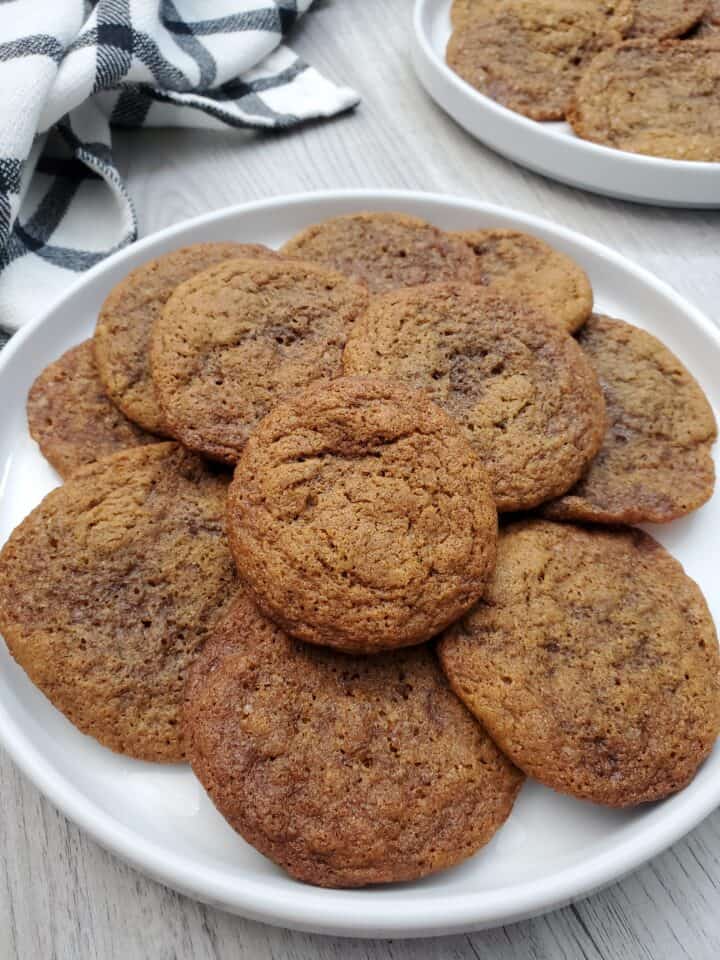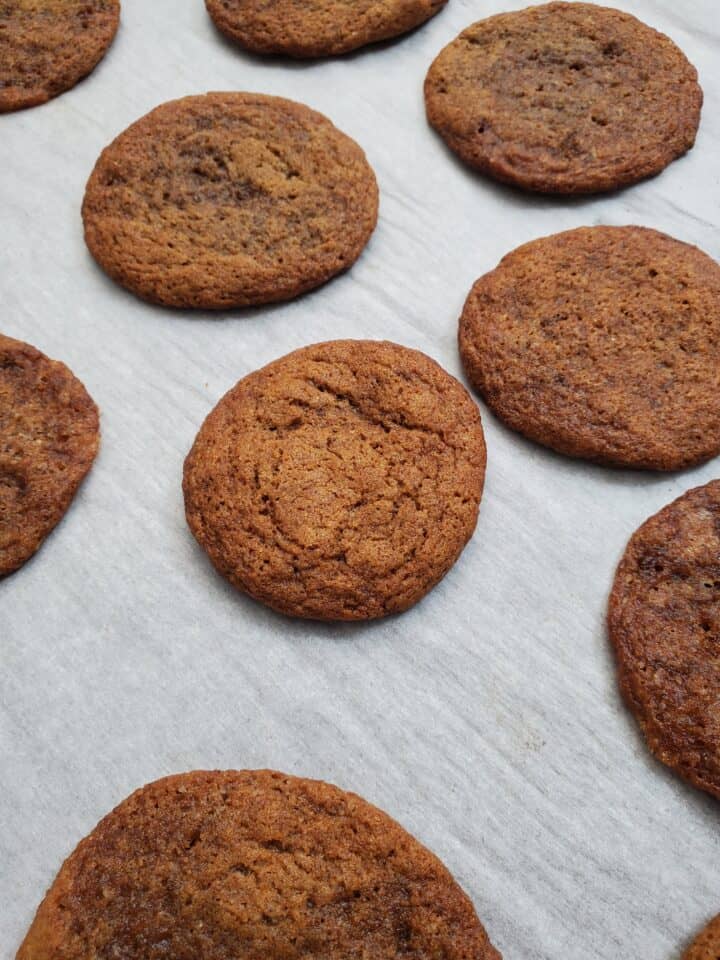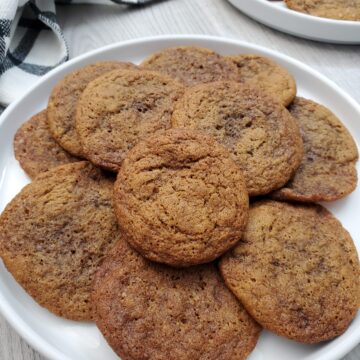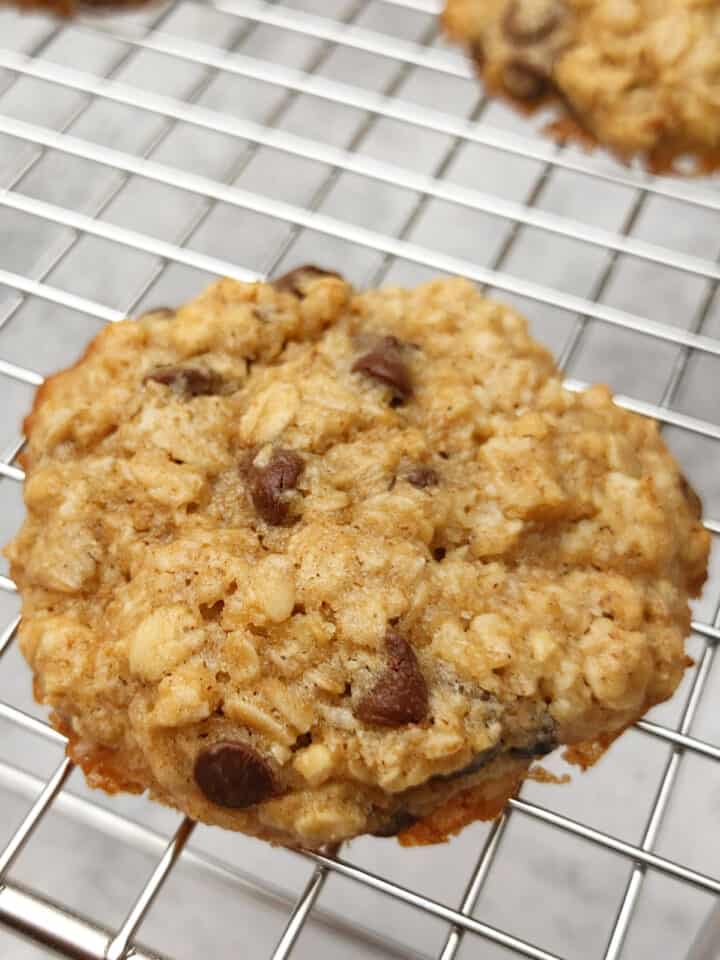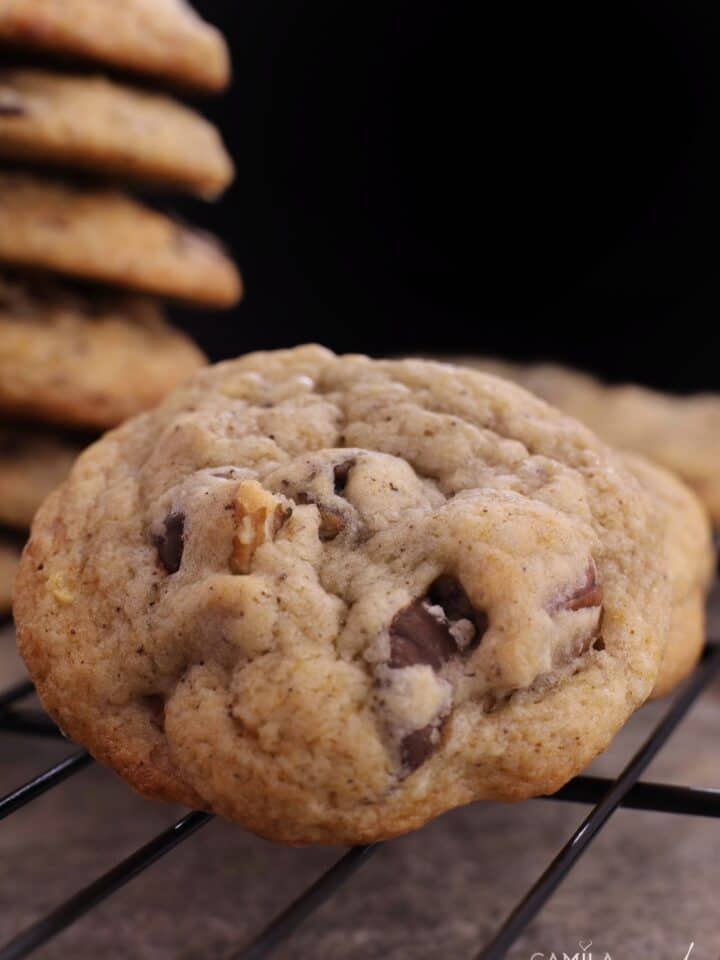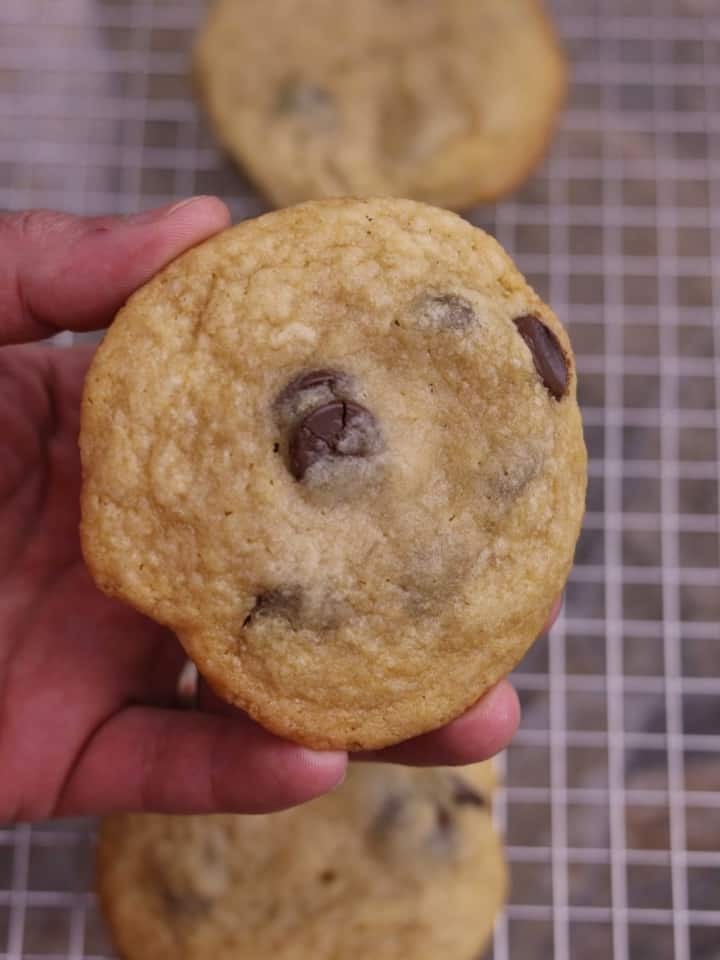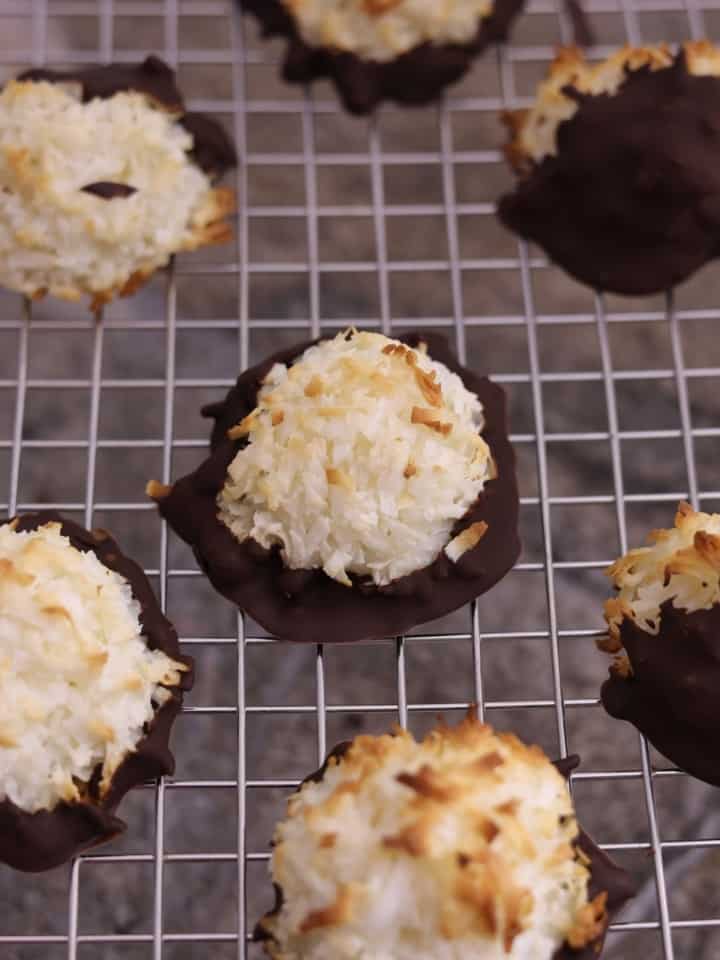Molasses Cookies are a classic for a reason - they're delicious! The cookies are soft and chewy, with a perfect balance of spices and sweetness. Plus, they're easy to make so that you can enjoy them anytime, not just on Holidays.
For More Molasses-inspired desserts, check out these recipes: Old Fashioned Molasses Cake and Gingerbread Cake.
How to Make Molasses Cookies
Note: The full instructions are provided in the recipe card below.
Sift the flour, baking soda, ginger, ground cinnamon, cloves, allspice, and nutmeg in a large bowl.
Set aside In a large bowl, using a hand-held or stand mixer fitted with a paddle attachment, cream the butter and sugars together on high speed until fully incorporated, about 4 minutes.
Add the egg and continue to beat until fully incorporated. Add the molasses and vanilla and continue to beat until fully incorporated. Scrape down the sides and bottom of the bowl as needed.
Add the dry ingredients to the wet ingredients and mix on low speed until incorporated, occasionally pausing to scrape the bottom and sides of the bowl to integrate the mixture thoroughly.
Transfer the cookie dough to a medium bowl, cover it tightly, and chill in the refrigerator overnight or for up to three days.
If chilling for 3+ hours, let the cookie dough sit at room temperature for at least 30 minutes before rolling it into balls; the cookie dough will be very stiff after being in the fridge that long.
Preheat the oven to 350 °F. Line two baking sheets with parchment paper and prepare a shallow bowl of granulated sugar; set aside.
When the dough is soft enough to handle, use a 1-inch cookie scoop to roll each ball in sugar and press down with your palm to flatten the ball, then space the cookies 2 inches apart on the baking sheets.
Bake until the cookies start to crinkle on top but are still soft in the middle, about 10–12 minutes.
Rotate the sheets halfway through to ensure the cookies are baked evenly; let them cool on the baking sheets for 15 minutes, then transfer them to a wire rack to cool completely.
Serve the freshly baked molasses cookies immediately or store them in an airtight container at room temperature for up to three days.
More Holiday-Inspired Cookies Recipe:
- Gingerbread Cookies
- Snickerdoodles cookie
- Chocolate Sugar Cookies
- Pecan Snowball Cookies
- Lemon Ricotta Cookies
- Fig Cookies
Recipe
Easy Molasses Cookies
Tools
Ingredients
- 282 g (2 and ¼ cups) of all-purpose flour
- 1 teaspoon baking soda
- 1 teaspoon ground ginger
- 1-½ teaspoons ground cinnamon
- ½ teaspoon ground cloves
- ¼ teaspoon ground allspice
- ½ teaspoon freshly grated nutmeg
- ½ teaspoon kosher salt
- 1-½ sticks (¾ cup) unsalted butter , softened to room temperature
- 1 cup light brown sugar
- ⅓ cup Grandma's Molasses, Unsulphured
- 1 large egg , at room temperature
- 1 teaspoon pure vanilla extract
- ¼ teaspoon kosher salt
To Roll:
- ¼ cup granulated sugar for rolling
Instructions
- In a large bowl, sift together the flour, baking soda, ginger, ground cinnamon, cloves, allspice, and nutmeg. Set aside
- In a large bowl using a hand-held or stand mixer fitted with a paddle attachment, cream the butter and both sugars together on high speed until fully incorporated, about 4 minutes. Add the egg and continue to beat until well incorporated. Add the molasses and vanilla and continue to beat until fully incorporated. Scrape down the sides and bottom of the bowl as needed.
- Add the dry ingredients to the wet ingredients and mix on low speed until incorporated, occasionally pausing to scrape the bottom and sides of the bowl to integrate the mixture thoroughly.
- Transfer the cookie dough into a medium bowl, cover it tightly, and chill in the refrigerator overnight or for up to three days. If chilling for 3+ hours, make sure you let the cookie dough sit at room temperature for at least 30 minutes before rolling into balls; the cookie dough will be very stiff after being in the fridge that long.
- Preheat the oven to 350 °F. Line two baking sheets with parchment paper and prepare a shallow bowl of granulated sugar; set aside.
- When the dough is soft enough to handle, use a 1-inch cookie scoop to roll each ball in sugar and press down with your palm to flatten the ball, then space the cookies 2 inches apart on the baking sheets.
- Bake until the cookies start to crinkle on top but are still soft in the middle, about 10–12 minutes. Rotate the sheets halfway through to ensure the cookies are baked evenly; let the cookies cool on the baking sheets for 15 minutes, then transfer them to a wire rack to cool completely. Serve the freshly baked cookies immediately or store them in an airtight container at room temperature for up to three days.
Notes
- Molasses cookies can be kept airtight at room temperature for up to 5 days.
All nutritional information is based on third-party calculations and is only an estimate. Each recipe and nutritional value will vary depending on the brands you use, measuring methods, and portion sizes per household.

